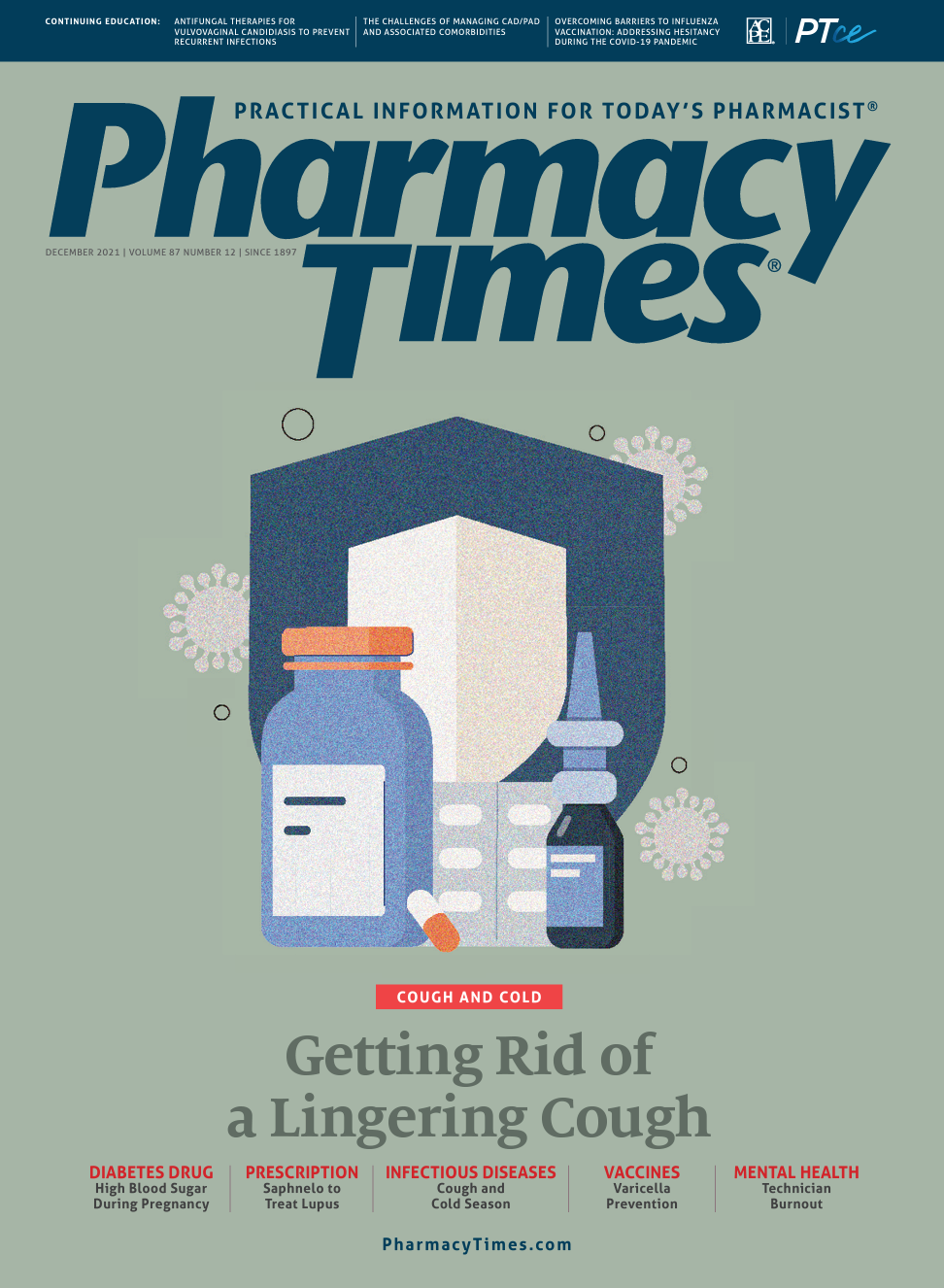Publication
Article
Pharmacy Times
Trailblazing Pharmacist Is Remembered for Discovering Several Elements
Author(s):
18th-century German Swedish chemist Carl Wilhelm Scheele’s biggest claims to fame are chlorine, manganese, and oxygen.
Carl Wilhelm Scheele (1742-1786) was a pharmaceutical chemist who discovered chlorine, manganese, and oxygen.
Born in an area of Germany that was under Swedish jurisdiction, he became a pharmacist’s apprentice in Gothenburg, Sweden, at age 15 years. During his apprenticeship, he developed an interest in chemistry and spent much time experimenting with and reading about chemicals available in the pharmacy. Several years later, he moved to Malmö, Sweden, to work at a pharmacy and also began working with scientists at Lund University.
He moved several times to work in different pharmacies with various scientists. Scheele settled in a small town calling Köping to become an apothecary with his own business. He studied at the Royal Swedish Academy of Sciences.
Scheele was known for his outstanding analytical skills in studying gases, despite his lack of equipment. He did not have a proper oven for generating heat and analyzing minerals. Scheele also used simple instruments that were borrowed or improvised.
He first contributed to the discovery of tartaric acid, later discovering chlorine and barium oxide. Scheele worked with black magnesia and manganese but was unable to isolate the manganese.
Working in all fields of chemistry, he studied mineral acids, including arsenic, molybdic, and tungstic. Scheele determined the properties of hydrofluoric acid and its salts, distinguished graphite and molybdenite, studied the effect of light on silver salts, and worked on phosphorous and its compounds.
He also studied and isolated for the first time many organic acids, including citric, lactic, and malic acids, as well as other organic substances, such as aldehyde, casein, and glycerol.
Scheele is most famous for his role in the discovery of oxygen, whichhe made independently but at the same time as scientist Joseph Priestley. Scheele used his own experiments to prove the prevailing phlogiston theory, discovering chlorine and oxygen in this manner.
He worked with fellow scientist Torbern Bergman for many years. During this time, Scheele frequently consulted Bergman and did not take regular laboratory notes. Because of this, Bergman and many other chemists profited heavily from Scheele’s work on 15,000 to 20,000 experiments.
Scheele’s early death in 1786 was likely because of damage from frequent experiments with arsenic and cyanide without proper ventilation. While on his deathbed, he married his housekeeper and transferred the pharmacy and other assets to her.
Karen Berger, PharmD, is a pharmacist at an independent pharmacy in northern New Jersey.
Reference
Carl Wilhelm Scheele. Encyclopaedia Brittanica. Accessed November 17, 2021. https://www.britannica.com/biography/Carl-Wilhelm-Scheele







